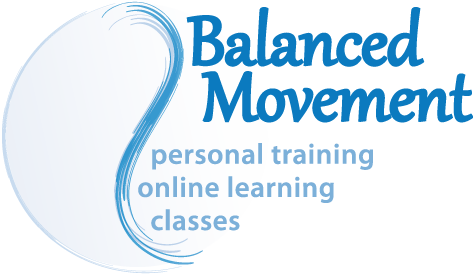Common Running and Walking Injuries
Brian Beatty, PT, CFP
Is it muscle, tendon, ligament or joint?
Running Functional Anatomy Review
Common Running Injuries
- Anterior Knee Pain
- IT Band / Lateral hip or knee
- Achilles and Plantar Fascia
- Shin Splints – anterior shin
It Hurts [Here], Can I Keep Running?
Click here for our basic guidelines for continuing your running, changing your running, and when to seek further help.

Green Light = Continue
Yellow Light = Pay Attention, Make a Change but Continue
(let off the gas and slow a bit, not floor it to beat the red)
Red Light = Seek Professional Advice so that you don’t do permanent damage
Relationships of Common Tissue Stress and Injury to Gait Deviations
Try the movements in these short videos to help feel and understand the patterns of stress that create the symptoms of discomfort.
Anterior Knee Pain – lunge coming forward, hop and land knee forward vs hip back
IT Band / Lateral hip or knee – shift hips to side, shift back under
Achilles and Plantar Fascia – who lifts what? Hip to knee to foot
Shin Splints – anterior shin – knee forward and circle knee
Summary of ‘Medial Collapse’, the combined culprit of most running problems
Other Important Concepts
Rest
Exercise stresses the body and breaks it down, rest rebuilds the body in response to the controlled stress of the exercise. Not enough rest = no rebuilding
Training Periodization:
Most sports follow a cycle, usually annual. Training Periodization creates large cycles of work then recovery / relative down time to allow maximal performance. This pattern is present in seasonality of most sports, but often disregarded in year round running. Plan your down time and stick to it or your body will break down and force it upon you.
Recovery:
Rehydrate and Refuel the body timely after activity.
The first 30 minute window post effort is critical.
Hydration Loss of 5% effects your physiology function, 10% effects performance.
Know what and how much to put in, what is coming out and the color of your pee.
Categories: Training Program Coaches




